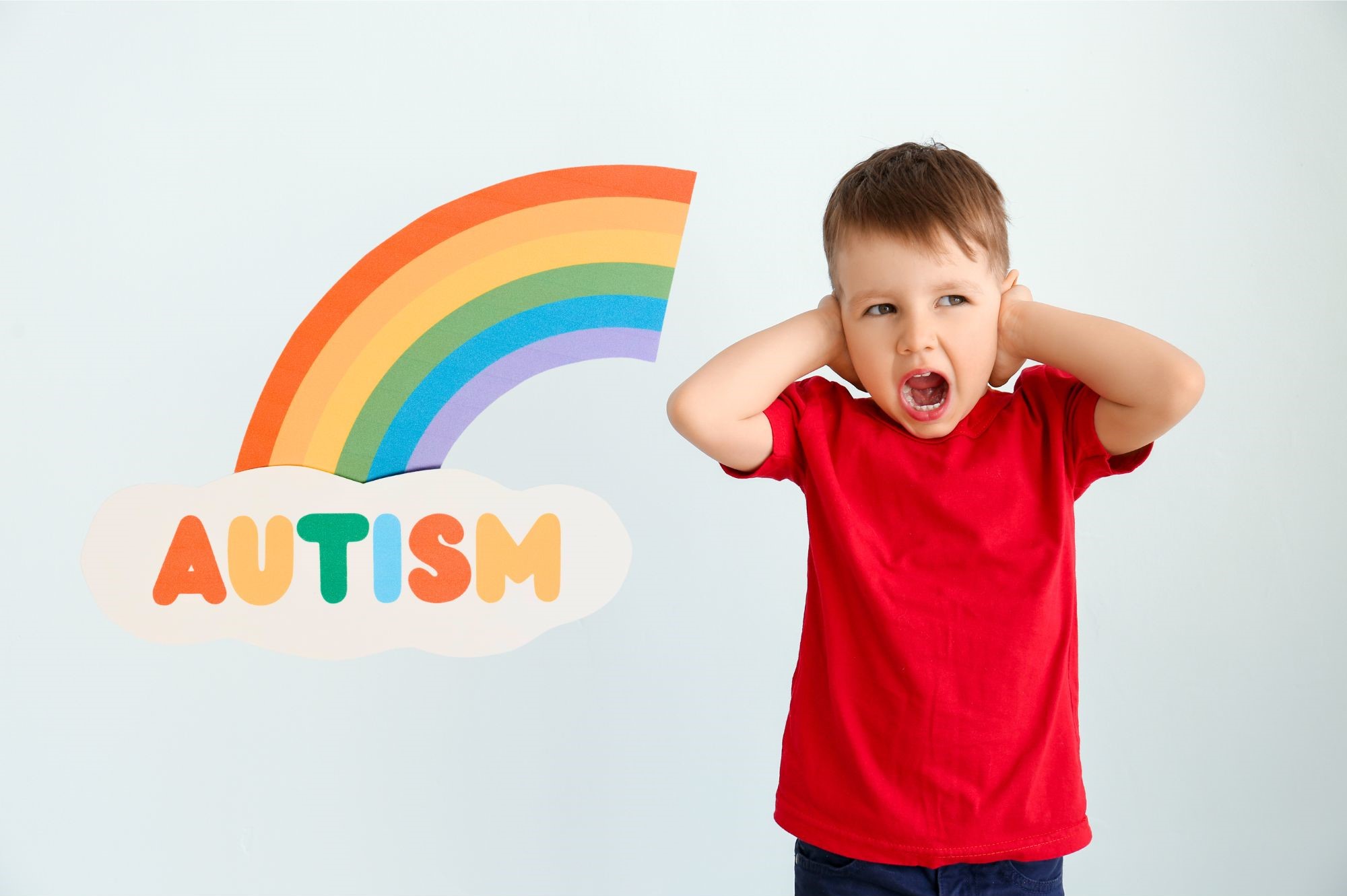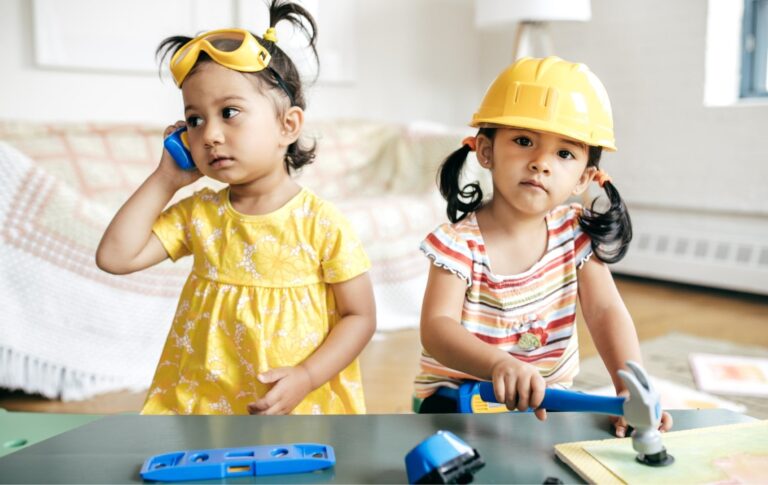How to Effectively Support Autistic Children
Autistic children, like all children, are unique individuals with their own strengths, challenges, and ways of experiencing the world. Autism, or autism spectrum disorder (ASD), is a developmental condition that affects how a person perceives, interacts with, and responds to their surroundings. Since autism is a “spectrum,” it means that children with autism may have a wide range of abilities, sensitivities, and communication styles. Here’s an overview to help educators understand autistic children and create environments where they can thrive:
1. Core Characteristics of Autism
Autistic children often share some core characteristics, though these can vary widely from child to child. Key traits include:
- Social Communication Differences
Autistic children may have unique ways of expressing themselves, understanding language, or reading social cues. For instance, some children may avoid eye contact, find it challenging to initiate conversations, or struggle with understanding social norms. Others may be highly verbal but use language in a distinctive way, focusing on specific topics they are passionate about. - Repetitive Behaviors and Routines
Many autistic children find comfort in routines and repetitive behaviors, such as hand-flapping, rocking, or repeating words and phrases. This predictability can help them feel safe and grounded, particularly when the world around them feels overwhelming. - Sensory Processing Differences
Sensory sensitivity is a common aspect of autism. Autistic children might be hypersensitive or hyposensitive to sights, sounds, textures, tastes, or smells. For example, loud noises, bright lights, or certain textures can feel painful or overwhelming. On the other hand, some children might seek extra sensory input, like touching soft textures or moving constantly, to feel more comfortable.
2. Strengths and Unique Abilities
Autistic children often possess unique strengths that are important to recognize and nurture. These may include:
- Deep Focus and Attention to Detail
Many autistic children excel at noticing details or becoming highly skilled in a specific area of interest. They may have impressive memories, exceptional problem-solving skills, or a strong ability to focus on topics that capture their attention. - Creative Thinking and Problem Solving
Because they often see the world from a different perspective, autistic children can be very creative thinkers. They may come up with unique solutions, approach tasks in innovative ways, or display original ideas in art, music, or other creative expressions. - Honesty and Authenticity
Autistic children tend to be refreshingly genuine. They often communicate in a straightforward way, sharing exactly what they think and feel, which can be both endearing and enlightening.
3. Common Challenges Autistic Children May Face
While each child is different, there are some challenges many autistic children encounter that can affect their comfort and success in typical environments:
- Social Interaction and Understanding
Making friends, understanding social cues, or participating in group activities can sometimes be challenging. For example, some autistic children may not grasp the unwritten rules of conversation, such as taking turns speaking or recognizing when someone is joking versus being serious. - Sensory Overload
Autistic children are often highly sensitive to sensory stimuli, which can lead to sensory overload. This can manifest as meltdowns, shutting down, or becoming highly anxious when faced with too much noise, light, touch, or other sensory input. Sensory-friendly adjustments, like having a quiet space, can be incredibly helpful. - Transitions and Change
Unexpected changes in routine can be particularly stressful for many autistic children, who may feel comforted by predictability and consistency. Preparing children ahead of time for transitions or changes can reduce stress and help them feel more secure.
4. Supporting Autistic Children in Educational Settings
Educators play a powerful role in creating inclusive spaces that respect the unique needs of autistic children. Here are a few strategies:
- Clear Communication
Using direct, clear, and specific language helps many autistic children understand instructions and expectations. Visual aids, schedules, and concrete examples can make tasks easier to follow and reduce anxiety about what’s coming next. - Sensory Supports
Small adaptations like noise-canceling headphones, access to a quiet area, or fidget tools can help children manage sensory input. Offering options for sensory breaks throughout the day also supports regulation and comfort. - Individualized Learning Approaches
Recognizing each child’s strengths and areas for growth allows educators to create a personalized approach. For example, incorporating a child’s specific interests into lessons can boost engagement and motivation. - Encouraging Social Connections
With gentle guidance, autistic children can learn valuable social skills, such as turn-taking, sharing, or understanding personal space. Creating structured social opportunities, like pair activities or small group projects, can help autistic children build relationships in a way that feels comfortable for them.
Fidget Tools
Every teacher aims to create an environment where all children feel supported, understood, and engaged. For autistic children, navigating the sensory demands of a classroom can present unique challenges. Fidget tools, often small and simple objects, can be transformative in helping these children manage sensory input, improve focus, and regulate emotions. Here’s how educators can effectively introduce and integrate fidget tools into the classroom, creating a space that meets the diverse needs of all learners.
Understanding the Role of Fidget Tools
Fidget tools are more than just toys—they’re a form of sensory support. For autistic children, sensory experiences can feel overwhelming or, conversely, under-stimulating. A child who feels overly stimulated might benefit from something calming, while a child who feels under-stimulated might need a little extra sensory input to stay focused. Fidget tools offer a structured, predictable way to provide these sensory experiences in a manageable way. By engaging their senses in a gentle, controlled manner, these tools can help students stay centered, focused, and ready to learn.
Types of Fidget Tools and Their Benefits
Each child is unique, so the type of fidget tool that works best will vary. Below are common types of fidget tools, along with the specific benefits they offer:
- Tactile Tools
Textured balls, sensory putty, or even soft, plush toys provide satisfying touch sensations. These are ideal for children who crave tactile input, as they allow children to squeeze, stretch, or press, helping them feel grounded. - Visual Tools
Liquid timers, glitter jars, or small sand timers provide soothing, visual engagement. Watching a liquid timer flow can be calming and help children refocus, especially during transitions or moments of heightened stress. - Oral Motor Tools
Many autistic children find chewing soothing. Tools like chewable necklaces or silicone pencil toppers can provide safe, age-appropriate outlets for this need, preventing them from chewing on items like clothing or pencils. - Movement-Based Tools
Fidget spinners, resistance bands for chair legs, or even small hand weights help children who need to move to stay focused. For those who find sitting still challenging, these tools can provide a small, acceptable outlet for movement, making it easier to stay engaged in lessons. - Auditory Tools
Soft, noise-making tools like sand shakers or clickers can engage children who find comfort in sound. However, it’s essential to use auditory tools thoughtfully, ensuring they don’t disrupt others.
Implementing Fidget Tools in the Classroom
Successfully integrating fidget tools requires thoughtful planning. Here are some best practices for educators:
- Observe and Assess Individual Needs
Take note of each child’s sensory preferences. Some children may naturally reach for tactile experiences, while others may prefer visual stimuli. Knowing each child’s preferences allows educators to choose the right tools and introduce them in a way that is most likely to be effective. - Create a “Fidget-Friendly” Environment
Set aside a “calm corner” or “sensory station” within the classroom where children can access fidget tools as needed. This area should be available when children need a break, allowing them to use the tools purposefully and independently. - Establish Clear Guidelines
Help children understand when and how to use their fidget tools. For instance, some classrooms allow fidget tools only during quiet activities, while others integrate them during group work or independent study. Having clear guidelines ensures that tools serve their purpose without becoming distractions. - Model Respectful Use
Educators can show students how to use fidget tools respectfully. For instance, explain that these tools are available to help certain children focus, and remind students that every child learns in different ways. Modeling and promoting acceptance fosters an inclusive and understanding classroom environment. - Evaluate and Adapt
Regularly assess the effectiveness of each tool. Check in with the children using fidget tools to see if they feel more focused or calm and consider adjusting the tools available based on each child’s changing needs.
Why Fidget Tools Are More Than Just a “Trend”
Using fidget tools in the classroom is part of a broader commitment to recognizing and respecting the unique needs of autistic children. It reflects an understanding that learning doesn’t look the same for everyone and that some children need a little extra sensory input to be their best selves. When teachers thoughtfully implement these tools, they’re not just supporting focus—they’re showing each child that they are valued, understood, and supported.
Fostering Acceptance and Inclusivity
Perhaps one of the most impactful things educators can do is foster an environment of acceptance, where differences are celebrated. Educating all students about neurodiversity (the natural variation in the human brain) and teaching kindness, empathy, and respect can create a more understanding and supportive environment. When autistic children feel valued and understood, they are better able to relax, connect, and reach their potential.
At Kindergartens International Institution, we believe in empowering educators to foster environments where every child thrives. Fidget tools are one of many ways we can make that happen. As you bring these tools into your classroom, remember: every child is unique, and every child deserves a learning space that respects their individuality. Let’s continue this journey of growth and understanding together, embracing the power of inclusive, supportive education for all.

Klavdija Svet, author of Elevate to Educate
Elevate your teaching skills and stay ahead of the curve! Receive our monthly Insights, packed with professional development opportunities, classroom inspiration, and the latest trends in education. Don’t miss out on the chance to take your teaching to the next level. Subscribe now!







